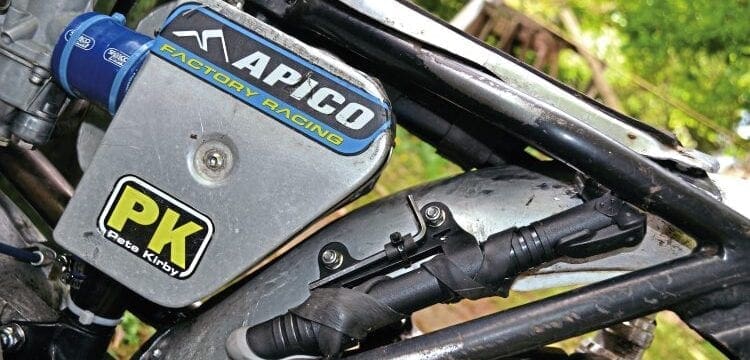Taking a critical look at the tools you carry is a worthwhile exercise.
Words and Pics: Tim Britton
This little feature is probably one for trials and enduro riders rather than MXers, as there’s little chance to fix an MX bike at the side of the track.
Enjoy more Classic Dirtbike reading in the monthly magazine.
Click here to subscribe & save.
The modern way for carrying kit is to use a backpack of some sort but there are those of us who aren’t so keen on such things and prefer to use a small toolbox secreted on the bike.
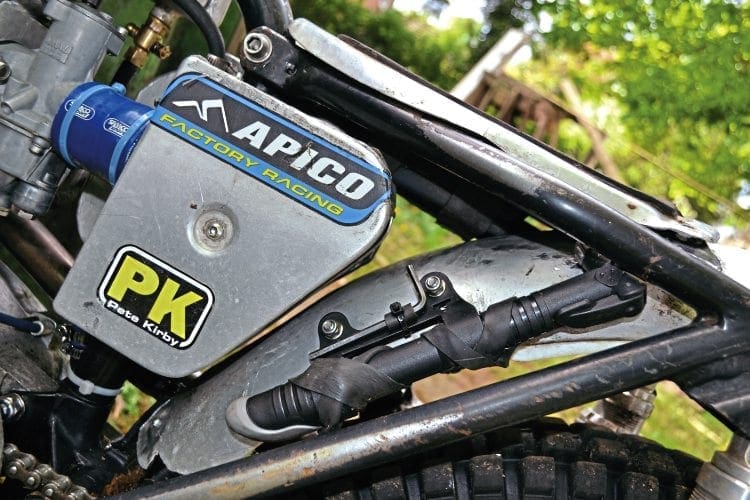
I know that a bigger backpack will have more room for more kit but if your bike is that unreliable then perhaps an hour or two more in the workshop would be a good idea.
The whole point of carrying a few tools is to correct the odd incident that happens during an event and it isn’t a quantifiable thing that you must carry this and not that.
For donkey’s years riders were advised to prepare for every eventuality in classic events such as the SSDT but this advice often missed the point.


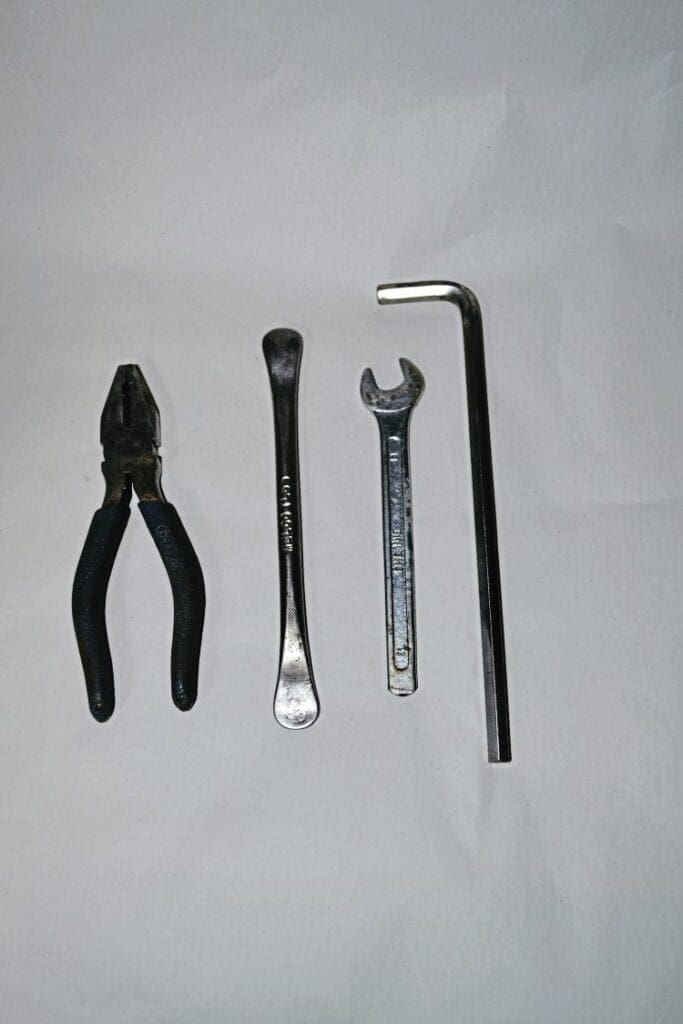
The point being ‘what is actually feasible to repair out on the course?’
My suggestion is take a critical look at your bike and your own mechanical ability then make your plans from there. In a typical event for me there is the possibility of some damage from rocks in sections, maybe a puncture or, as happened in an enduro recently, submerging the bike in a river.
So, after many years of hauling all sorts of stuff around I came to the conclusion that I may need to remove either wheel to fix a puncture, remove the carb to drain water out, change a spark plug or a chain split link. Anything after that, well tough luck.
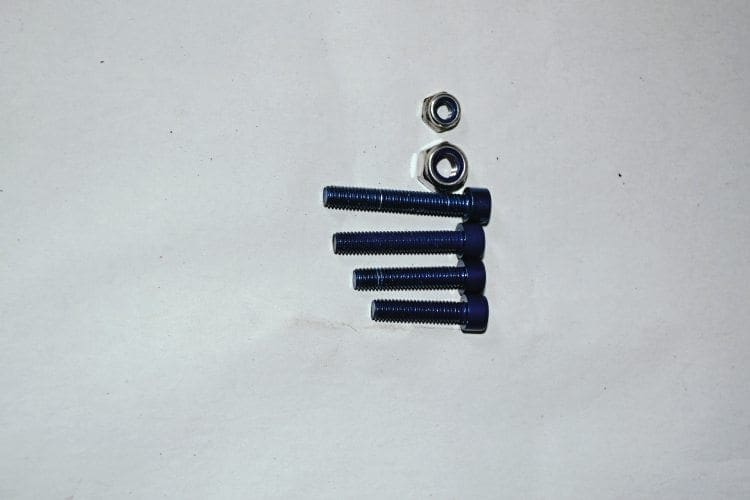
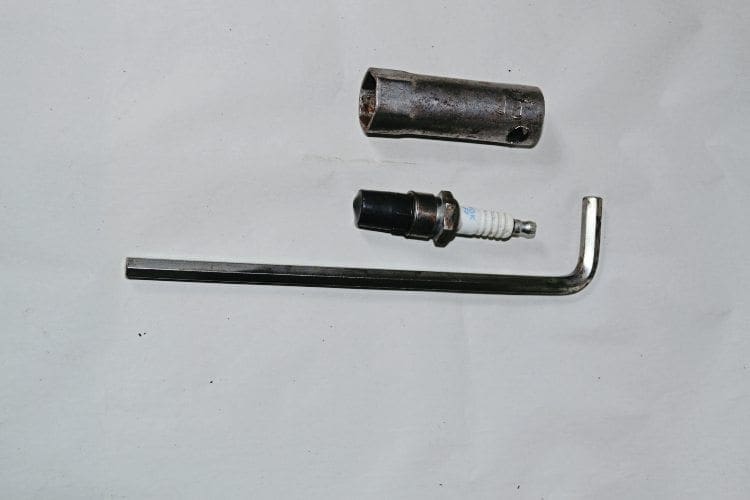



Once this realisation dawned on me the obvious next step was to reduce the number of tools needed to accomplish these tasks.
This is where the thought comes in as there are some things that can’t be altered – a spark plug for instance needs a certain size box spanner to remove it but there’s no reason why a wheelnut can’t be made to the same hexagonal shape.
On my BSA the rim locks need a 13mm spanner to undo them, a few strokes with a file and the 5/16in carburettor nuts also need a 13mm spanner.
A wheel spindle clamp bolt was modified from an M10 Allen bolt so the same Allen key fits it, the tank bolt and is a Tommy bar for the plug and wheel spanner.
Cutting the ring end off a combination 13mm spanner allows it to be used as a tyre lever too… and it goes on.
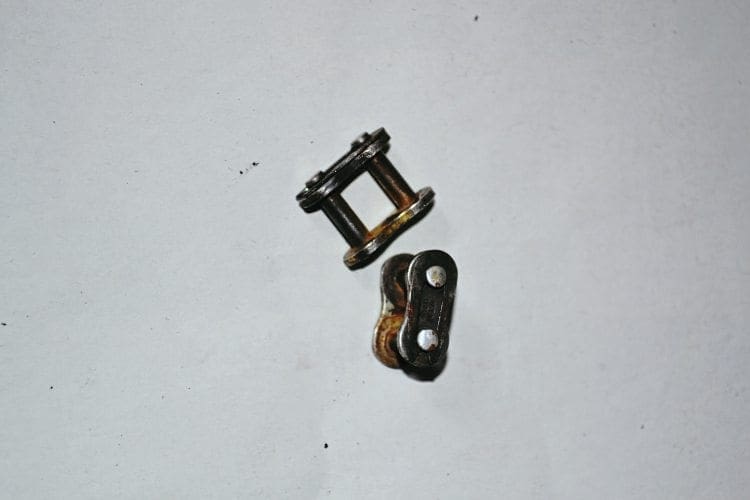
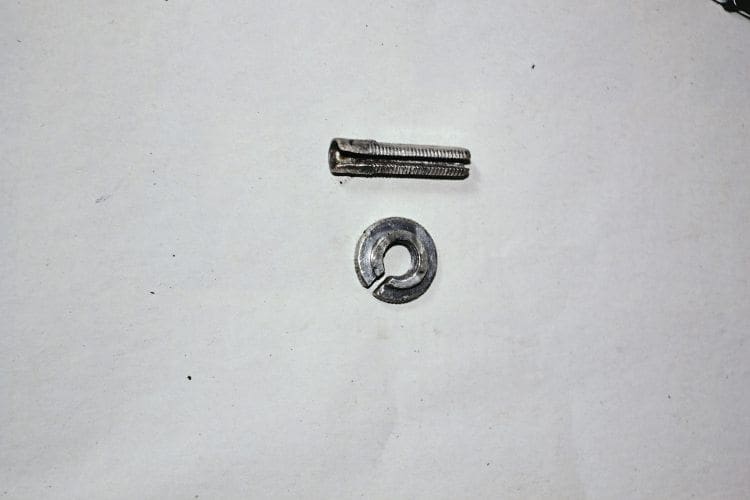
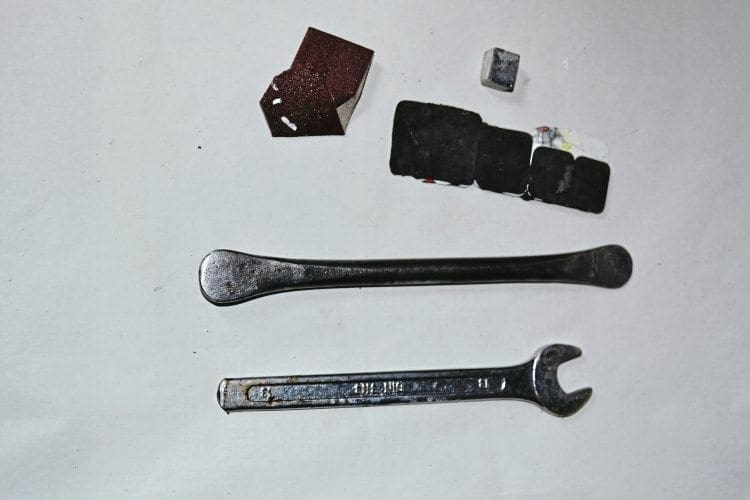
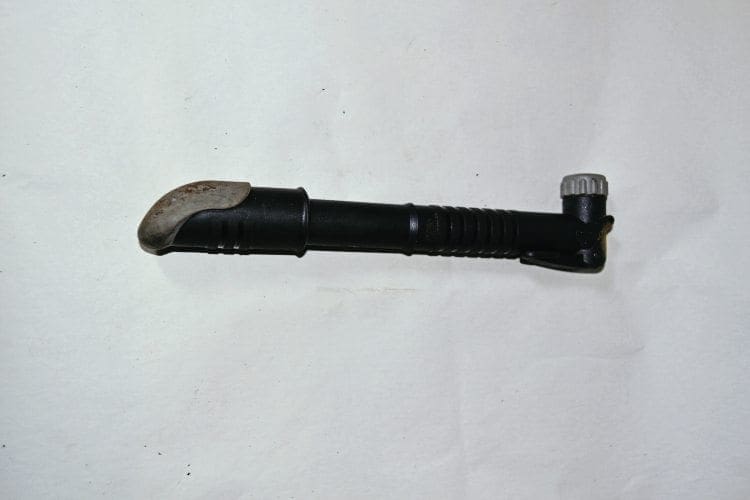
A few rubber bands hold the kit under the seat, an inflator from a mountain bike will blow up a tyre – okay it’s a long job but it is quicker than pushing…
Why do it?
Even though few trials courses these days are super long, it’s still not nice to push a bike for any distance if having a few tools can fettle the problem on the spot.
Same for enduro riders, probably more so as their courses tend to be longer and it is better to finish an event under your own power.
Difficulty: 1/5
Resources:
Some tools, a workbench, a bit of creative thinking, time, coffee.
Supplier:
Tool dealers, spares suppliers for your bike.
Read more News and Features online at www.classicdirtbike.com and in the latest issue of Classic Dirt Bike – on sale now!
Advert
 Enjoy more Classic Dirt Bike reading in the quarterly magazine. Click here to subscribe.
Enjoy more Classic Dirt Bike reading in the quarterly magazine. Click here to subscribe.


